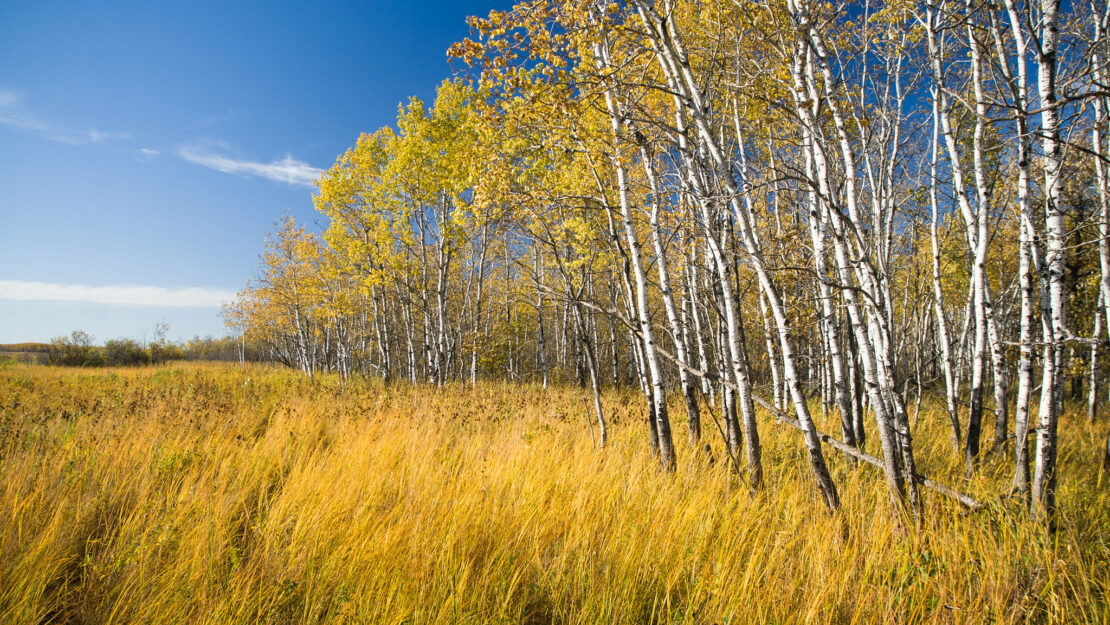The Tallgrass Aspen Parklands: Minnesota’s Fourth Biome

By Kyle Dahlquist, Clean Water Corpsmember / AmeriCorps Member placed at Pennington SWCD

Minnesota is world famous for its fresh water. But the Land of 10,000 Lakes has another claim to fame: a bounty of biomes. Minnesota contains four unique biological regions, defined by their precipitation and temperature. Three major biomes comprise the vast majority of the state. These are the Prairie Parklands in the west, the Eastern Broadleaf Forest to the southeast, and the Laurentian Mixed Forest to the northeast. The intersection of these zones create a unique level of biodiversity among the Midwestern states. Ecologists use many other names to describe these regions, but the gist is this: grasslands turn to deciduous forests, which become coniferous forests as you move northeast. In some classifications, a fourth biome lies in northwestern Minnesota: the Tallgrass Aspen Parklands.

The Tallgrass Aspen Parklands functions as a land of contrast and transition. Beginning just west of Red Lake and extending up into Manitoba, it represents a clash between grasslands and encroaching aspen groves. Rare species, such as sandhill cranes, yellow rails, and moose make their home here, as well as the scarcely-seen western prairie fringed orchid. The Parklands are recognized as a distinct biome from the prairie largely due to the influence of a long-dead glacial lake: Lake Agassiz. This ancient behemoth spanned an estimated 170,000 square miles of northern Minnesota, eastern North Dakota, Manitoba, Ontario, and Saskatchewan. The remnants of its shoreline still persist to this day, in the form of beach ridges all across the Red River Valley. Upon its final retreat about ten thousand years ago, the land was left relatively flat. Poor drainage, cooler temperatures, and rocky glacial till stymied the agricultural efforts of European settlers, at least compared to the southern prairies.
Next to temperature, precipitation is the most important variable affecting biome classification. Prairies and grasslands always receive less precipitation than is lost to evaporation and transpiration by plants (known collectively as evapotranspiration). The Parklands follow this rule as well, and transition directly into mixed forests as precipitation rises.

The Tallgrass Aspen Parklands’ unique beauty is under threat. Much like the prairie to the south, the majority of the Parklands has been converted to farmland or otherwise settled. Wetlands critical to several species have been drained to make room for construction and agriculture. Prior to European influence, wildfire was the chief mediator of the Parklands, knocking back the aspen advance and allowing the grassland to thrive. Efforts are being made by conservationists to restore this natural management practice. While encouraging, more work is needed to ensure the survival of this delicate place and its special residents.

Sources: